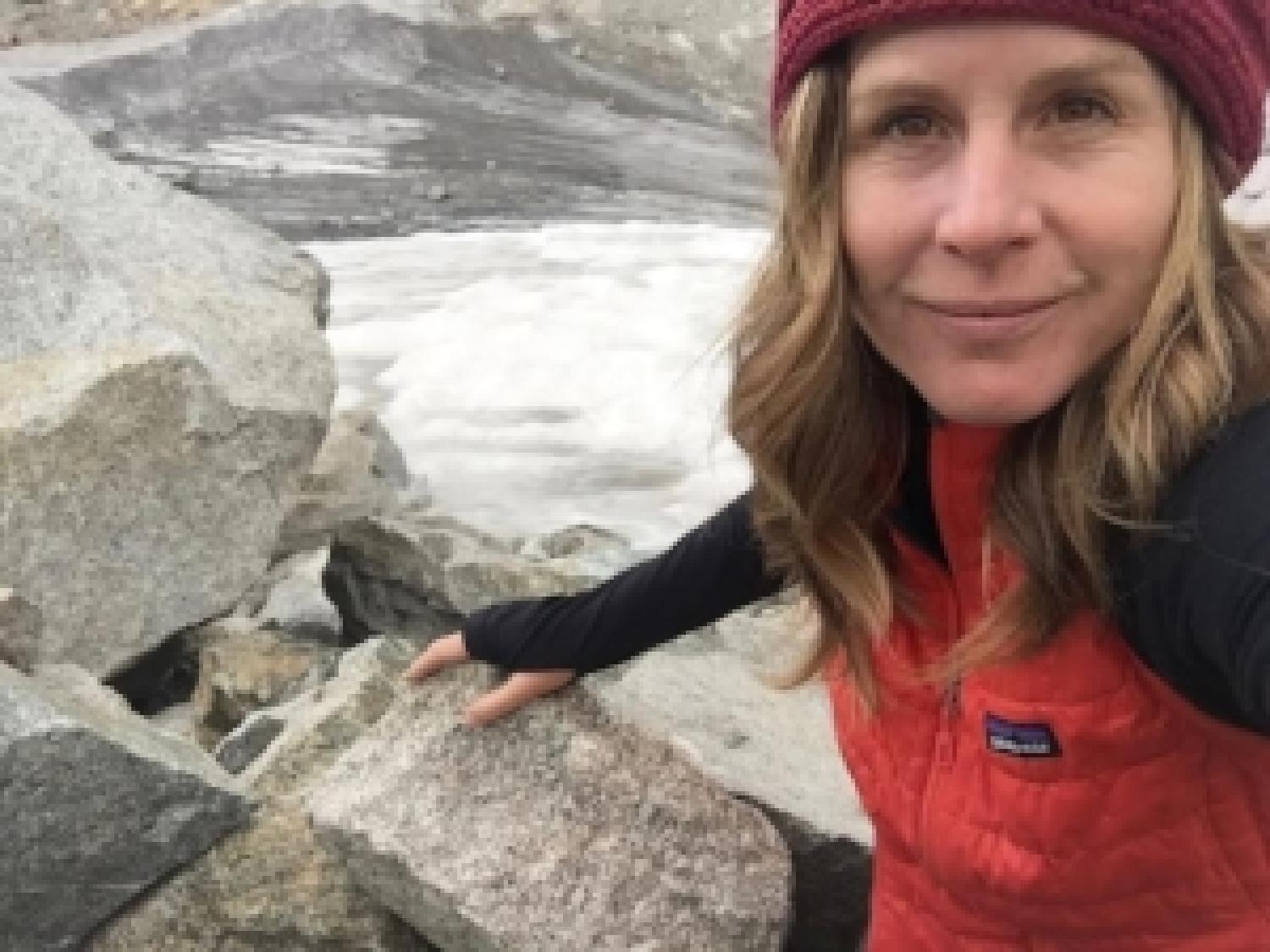Season two of 'Threshold' podcast explores new climate change narratives in the Arctic
The metanarrative of climate change coverage is by now a familiar cliché: Humans ruin everything we touch and the ravages of a warming world are inevitable. But the second season of the “Threshold” podcast, “Cold Comfort,” challenges that flat storyline by building a new narrative around nuanced, multiple perspectives of the communities affected by a warming planet.
Former Ted Scripps fellow Amy Martin (‘16-‘17) takes listeners on a circumpolar journey, through 18 months of reporting in eight Arctic countries, and asks: Is there any chance humans could change the world for the better?Thresholdseason two is wide-ranging, with episodes devoted to storm-battered Alaskan towns, the ancient culture of Sami reindeer herders in Scandinavia, political dissidents in Russia, and Inuit rock musicians in northern Canada. The common thread is how Arctic people are being affected by climate change and how they’re adapting.
The Arctic is not really a single place. Large portions are inhospitable. But the region is also home to an estimated four million people, many of whom are dependent on cold temperatures for their way of life. For them especially, climate change poses great challenges to the places they call home — and for some, especially indigenous communities, it is truly an existential threat. Since the Arctic is warming at twice the rate of the rest of the planet, it’s one of the most important regions in the world for understanding climate change. It’s the proverbial canary in the coalmine.
“The people who live in the Arctic have been watching climate change happen for 20 years or more,” Martin said. “The world is behind the Arctic.”
One of the hallmarks of “Threshold” is that the problems and solutions Martin investigates are not straightforward. For example, she tells the story of a Scandinavian Sami reindeer herding family whose livelihood is being threatened not only by climate change, but also — in a cruel twist — by an encroaching wind turbine development. As environmentalists and proponents of renewable energy, they are caught in a quandary.
“Environmental journalism can get simplified down to good guys and bad guys, but there is room in our show for something a little more complex,” Martin said.
For Martin, her year as a Ted Scripps Fellow at CU Boulder’s Center for Environmental Journalism stoked a burgeoning love for all things Arctic. After a year of taking classes and learning about this fragile and beautiful place, Martin felt a sense of urgency to tell the stories of its inhabitants.
“The fellowship was transformative for me,” she said. “My year as a fellow really accelerated my interest in, concern for, and knowledge of the Arctic. So when the fellowship was over, I was like, ‘I gotta go.’”
CU Boulder Environmental Journalism alumni Zoe Rom and Nick Mott (MA Jour ‘18) also contributed to this award-winning podcast. For Rom, it was a chance to explore the stories of the people who live in the Arctic, which the media often overlooks in favor of headlines about polar bears and scientists. Rom said Martin encouraged her to not shy away from hard questions and complicated answers and to investigate her own biases.
“How can we, as journalists and people who care about the environment, investigate our beliefs and investigate what we think are solutions to climate change and make them be culturally appropriate and empathetic?” Rom said. “It’s so challenging.”
Despite the melting of permafrost and the Greenland ice sheet, as well as the many other ways the Arctic is transforming under climate change, Martin remains optimistic. To turn around the impending catastrophe, all that’s needed is the human instinct for self-preservation — like pulling your hand away from a hot stove, she says. Maybe we just need to deepen our understanding of what the self is to include the planet itself.
As Martin says in the season’s final episode, “In order to survive climate change we have to find different ways of relating to each other and everything around us. And maybe that’s not such a bad thing.”


